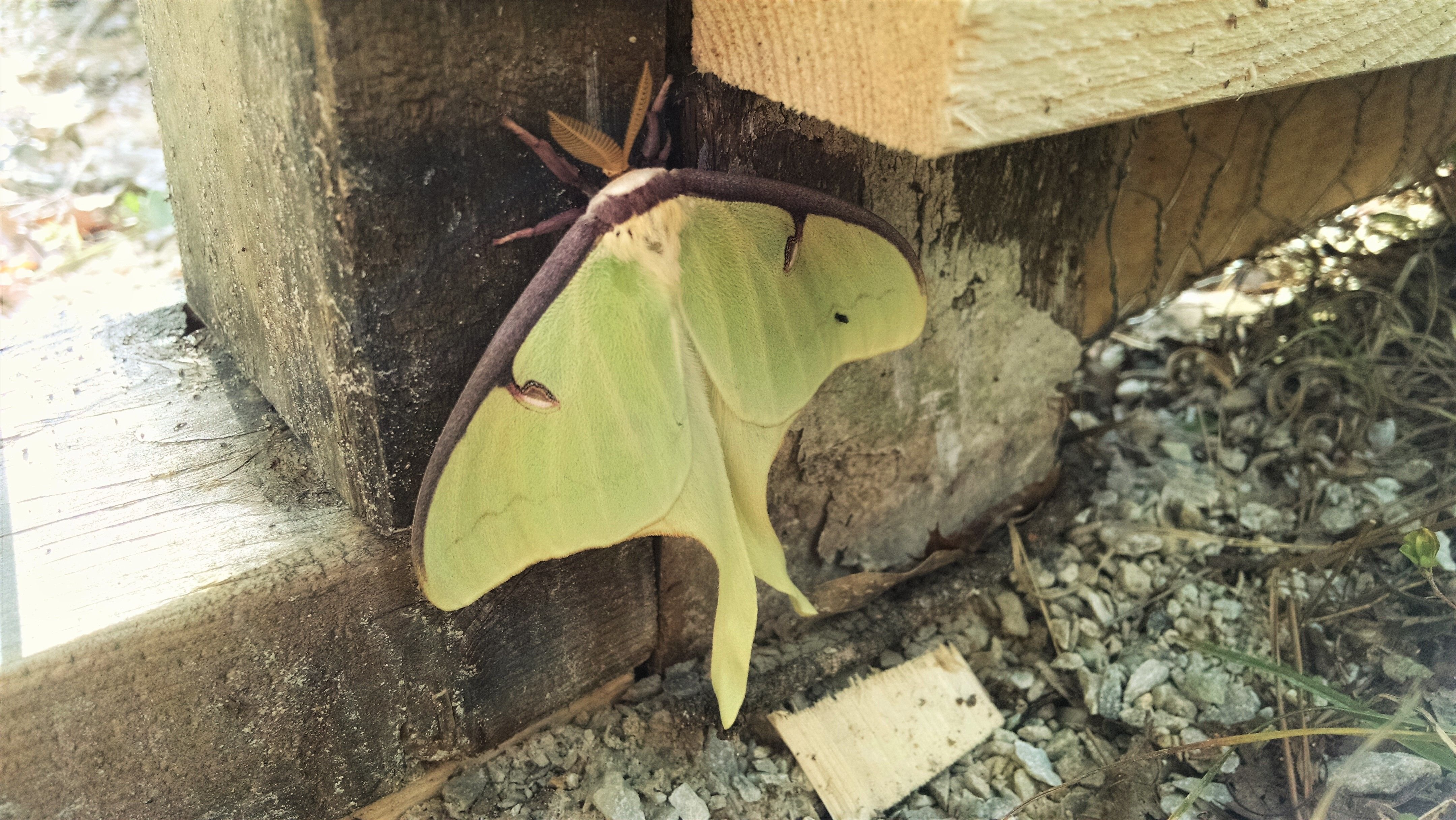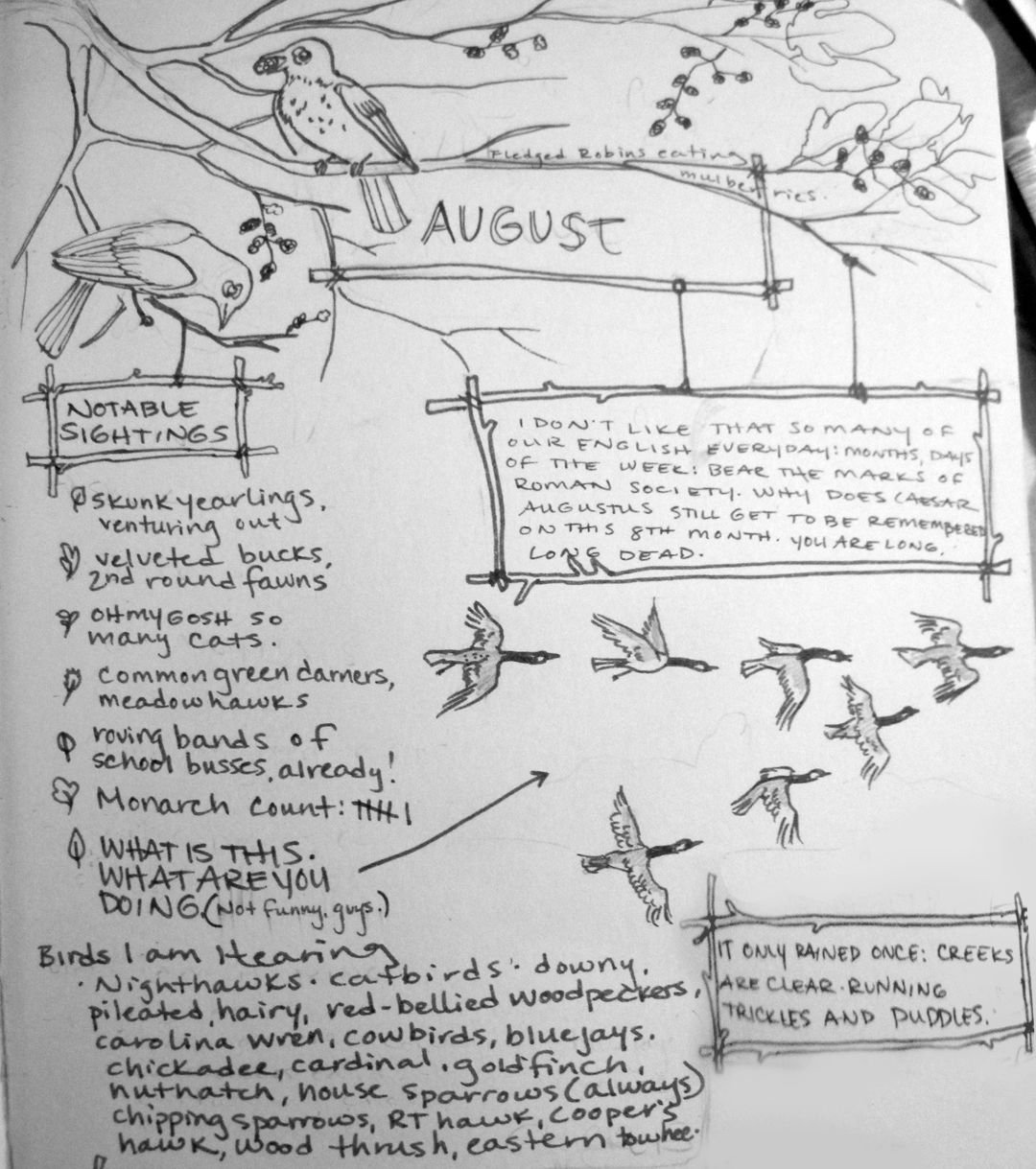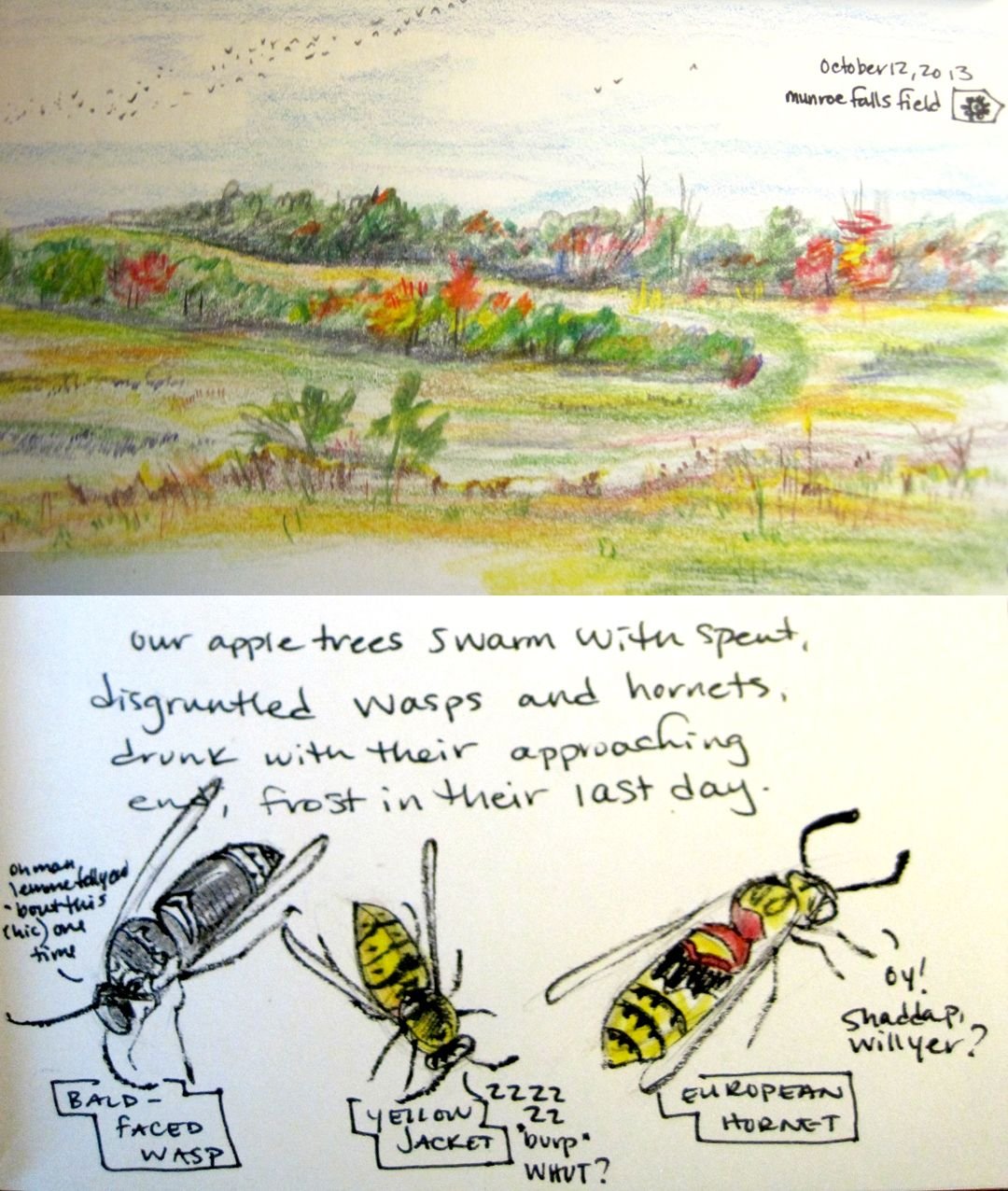When I was a child, I marked the year by things that I observed outside far more regularly than the dates on the calendar. Fireflies meant that school would be over soon. Daylily buds meant my birthday was right around the corner. And when the redwing blackbirds massed in the wetland behind my neighbor’s house, filling the air with a cacophony of clattering calls, I knew that snow would be flying shortly.
The first leaflets of Spring!
I didn’t know it at the time, but I was becoming a budding phenologist. Though my parents’ backyard was a suburban corner lot that didn’t top out half an acre, I knew it well. I could tell you exactly where to hunt salamanders in the spring, when the different colored wildflowers would bloom (even if I didn’t know their name) and the changes the trees went through during the year (the Cottonwood was my favorite). This deep land-knowledge was embedded in my young mind. Now that my family is finally on our homestead, we're intentionally paying attention to the specific changes that pass over our area. We want to cultivate a deep relationship with the 12 acres that make our home.
What is Phenology?
Phenology is “the study of cyclic and seasonal natural phenomena, especially in relation to climate and plant and animal life.” Not to be confused with the fringy study of Phrenology (the detailed study of the shape and size of the cranium as a supposed indication of character and mental abilities), phenology is a great way to track the patterns of your local area and give yourself a sort of “sixth sense” about what has and will happen throughout the year.

Finding short-lived Luna Moths on our land told us to look for hickory trees nearby!
Bird migrations, insect emergences, and budding trees all fall within the phenologist’s purview. Additionally, when an appearance changes drastically, it is usually an indication of something gone awry with the land. My childhood self discovered as much when the salamanders disappeared from my yard. A development had just sprung up down our street that same year. The majority of the riparian forest around our creek was levelled, effectively killing off that little population (and effectively waking up my inner Rachel Carson.)
How to Use Phenology to Study Your Land
So, what are some practical ways to collect and use this land knowledge? It can be as simple as jotting down your morning observations with your cup of coffee in the morning, or as scientific as using thermometers and rain gauges and graphing your monthly totals. Andrew and I take very different, yet very useful approaches to our observations.
He keeps spreadsheets logged on our computer, charting rainfall amounts and temperature high and lows. We actually started doing this even before we moved to our land, copying the weather information from online. So even though we've not even lived on our homestead a year, we have two year's worth of weather data to compare (showing us how obviously we were in a drought this summer!)
I like to take an artistic approach to this by illustrating what I see in a sketchbook I have dedicated to the purpose. I try to pay close attention to plant activity and animal sightings (particularly first sightings). I keep track of bird migrations, wildlife observations, and plant growth. I also put in a bit of nature journaling along the way, because I really enjoy just experiencing what is going on out there.

Every year I've done this, I’ve noticed patterns. For example, I was excited to see that the dark-eyed juncos appeared within a week of when I noticed them last year, and I am planning to set aside days to gather the red clover blossoms when they are their best this coming summer. The drought we had this past year wiped them out way before they usually wither, and I want to make sure I get those medicinal blossoms at their best!

I have also found that phenology is a great way to get kids engaged with the outdoors. I taught environmental education in an inner-city, Cleveland school for two school years, and one way I tried to get the students interested in nature was by teaching them about their local watershed. Every day that we met, we took phenological measurements and observations of their schoolyard. They loved using the soil thermometer, describing the weather, and trying to find more birds than their friends. We wrote all of our measurements on the large windows (dry-erase markers work great for this!) every week, ending up with a wonderfully crowded "stained-glass" window of observations.
For these students — many of whom described going outside as “playing in their garage” — this was the first time they opened up their eyes to the diversity of their surroundings. It was beautiful to behold their delight when they noticed sprouting acorns in the spring or found a new migratory bird in the fall. Nature was no longer just something they saw in a cage at the city zoo — it was accessible to them personally!
There’s quite a few resources available to the interested. Many nature centers keep their own phenology records, often supplemented by visitors’ observations. Most states also have websites where observations and past records can be read and submitted. And as far as books go, one of the classics is naturalist Aldo Leopold’s Sand County Almanac. Don’t be put off by the rather reference-book-sounding title. This is the book that got me interested in the first place — Leopold’s rich, vivid essays about his Wisconsin homestead and the changes that pass through it are a fantastic read.
A life aware of the land you’re on offers many rich, quiet little treasures. I find that once I am aware of something, I notice it all the more, and value it all the more. Regardless of how you learn the patterns of your land, I hope that you can find many ways to value the beauty it offers, both in the huge watercolor wash of a late summer sunset, and the tiny sigh-sounds of the warming spring wind in early ephemeral flowers.
This is an updated version of an article I wrote for Mother Earth News all the way back in 2016. It's funny to think that I was pulling these paragraphs together while sitting in our Cityhouse, pausing from typing to look out the window at the urban landscape, wondering when we would finally find our homestead. How much life has changed since then! You can find the original version of the article here.

